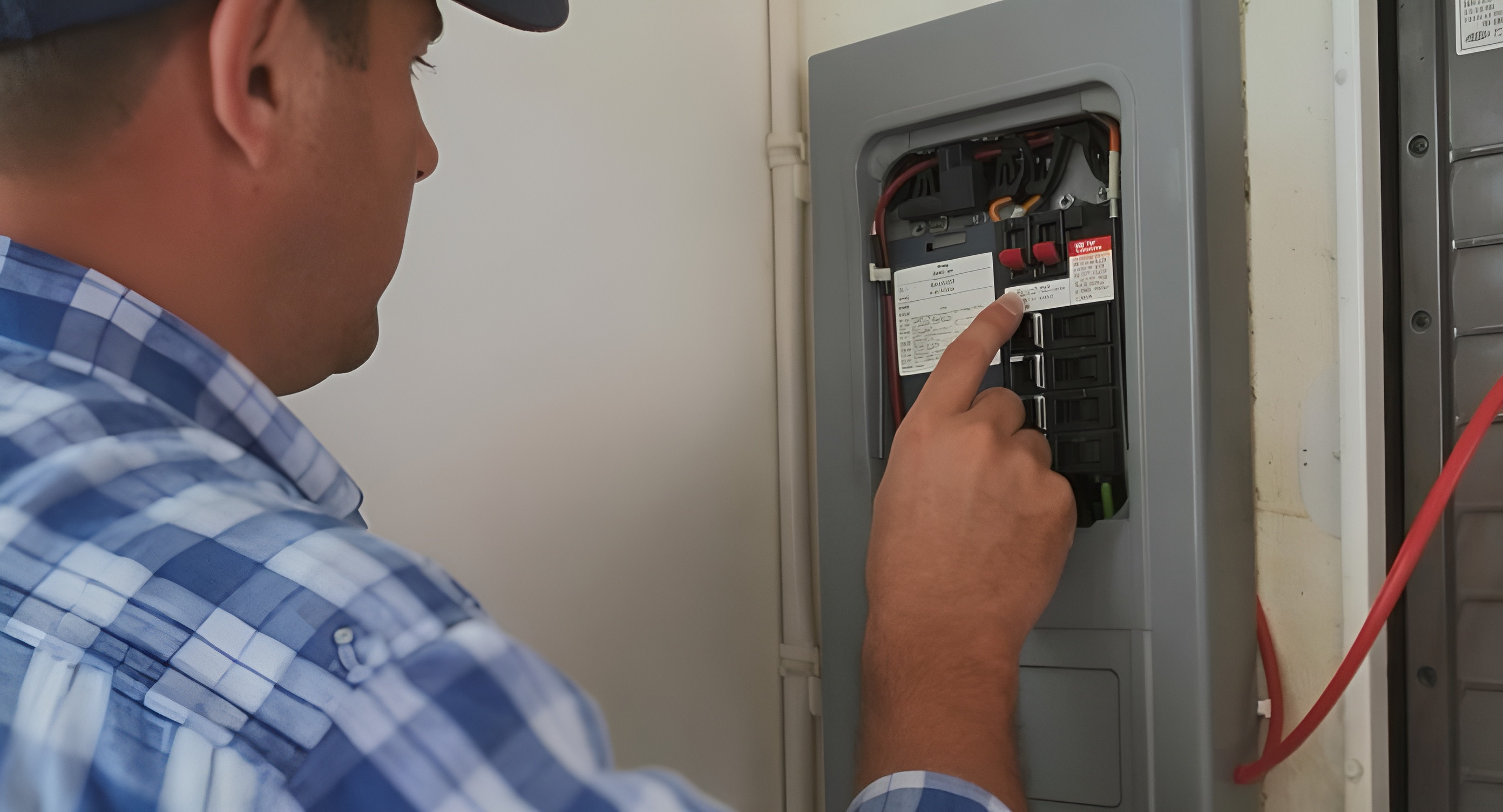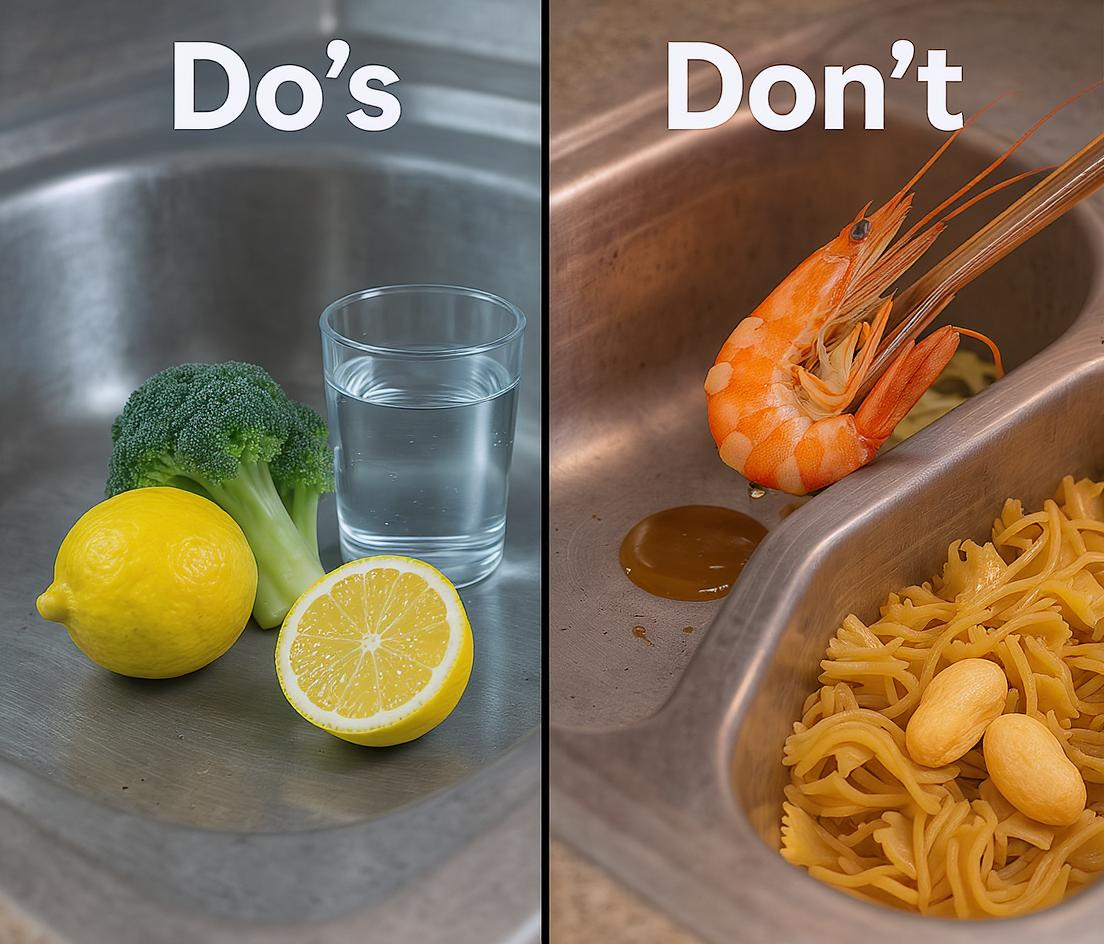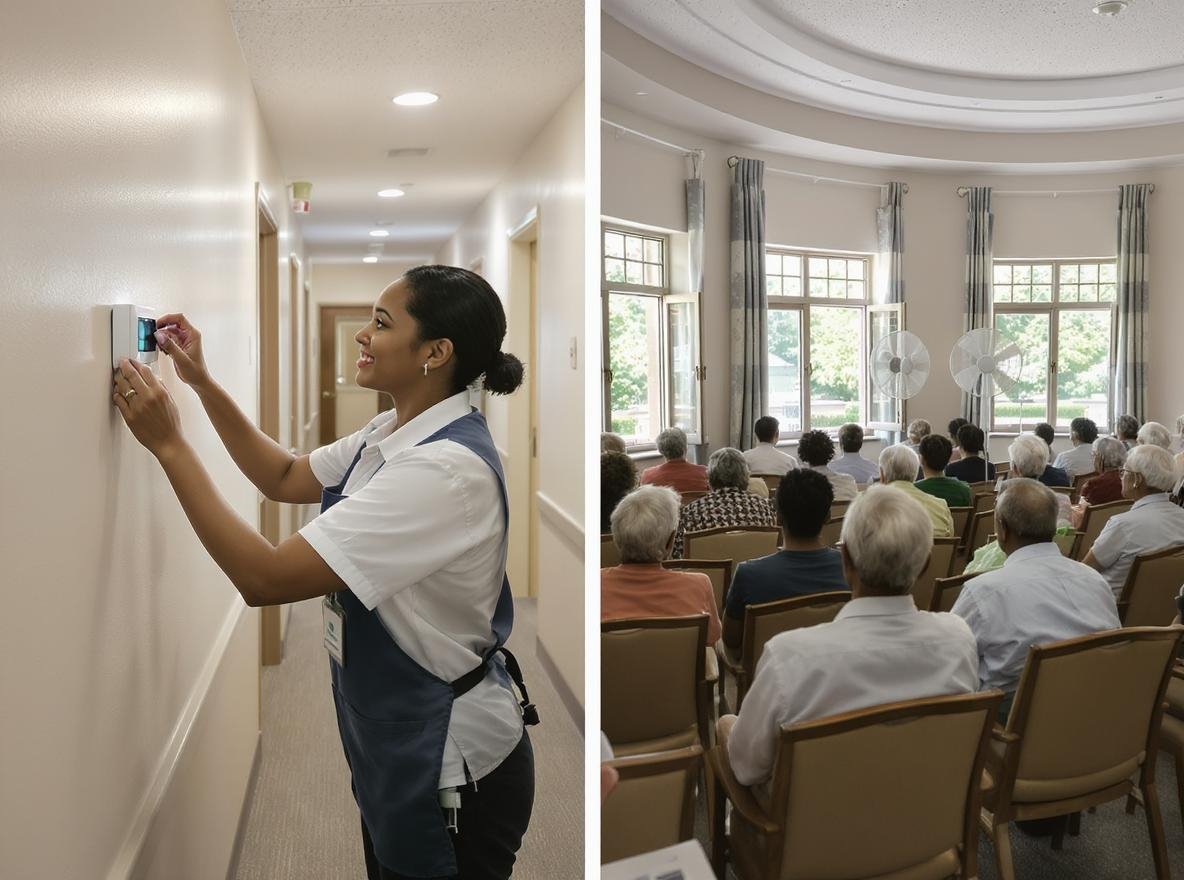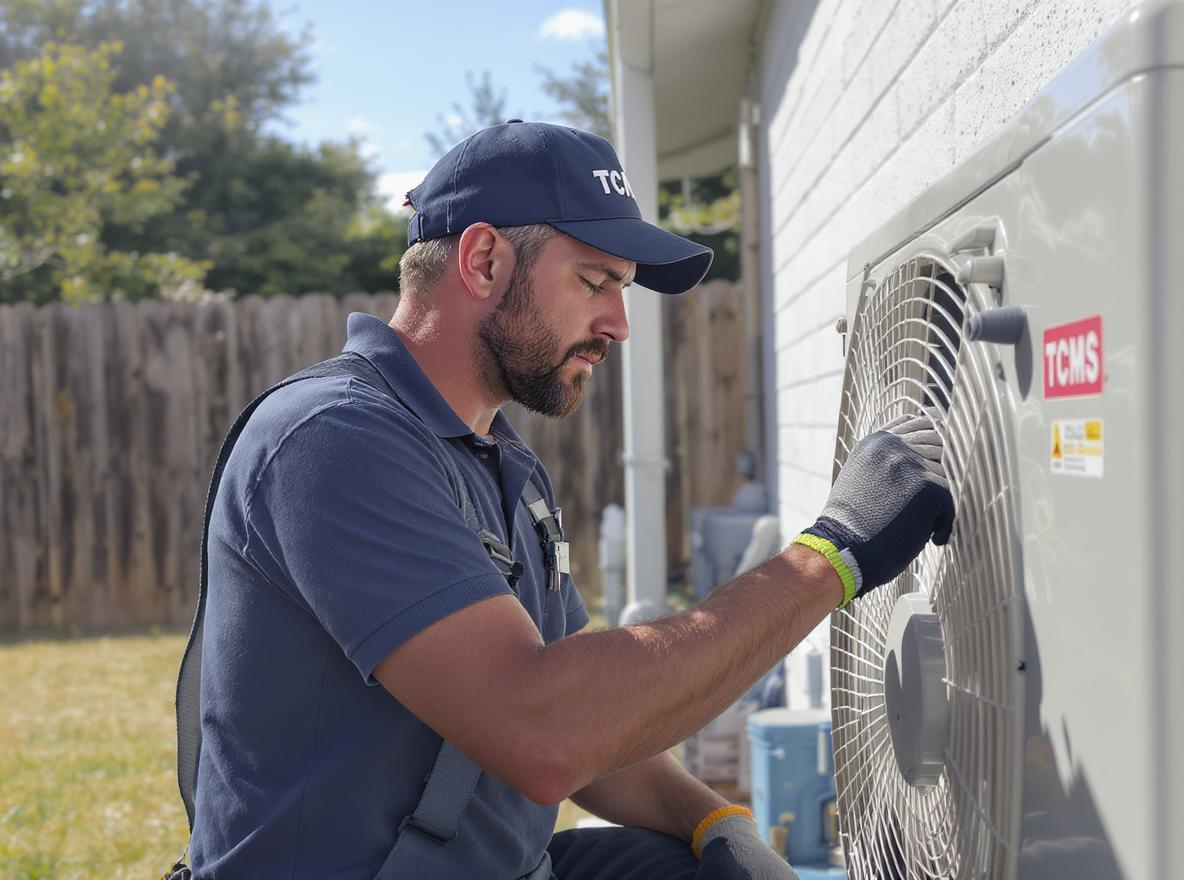Heat pumps are an important part of any commercial HVAC system. They help businesses to reduce their carbon emissions and energy spend, while keeping their facility warm and inviting to guests.
But there are several different types of heat pumps on the market, all with different strengths and use cases. In this article, we’ll lay out some of the basics and explore some relatively new innovations that are improving the performance of heat pumps.
Two-speed Compressors
Unlike standard compressors that can only operate at full capacity, two-speed compressors allow heat pumps to operate close to the heating or cooling capacity that is needed at any particular moment. This saves large amounts of electrical energy and reduces compressor wear.
Two-speed heat pumps also work well with zone control systems. Zone control systems, often found in larger homes, use automatic dampers to allow the heat pump to keep different rooms at different temperatures.
Some models of heat pumps are equipped with variable-speed or dual-speed motors on their indoor fans (blowers), outdoor fans, or both. The variable-speed controls for these fans attempt to keep the air moving at a comfortable velocity, minimizing cool drafts and maximizing electrical savings. It also minimizes the noise from the blower running at full speed.
high-efficiency Heat Pumps
Many high-efficiency heat pumps are equipped with a desuperheater, which recovers waste heat from the heat pump's cooling mode and uses it to heat water. A desuperheater-equipped heat pump can heat water 2 to 3 times more efficiently than an ordinary electric water heater.
Scroll Compressors
Another advance in heat pump technology is the scroll compressor, which consists of two spiral-shaped scrolls. One remains stationary, while the other orbits around it, compressing the refrigerant by forcing it into increasingly smaller areas. Compared to the typical piston compressors, scroll compressors have a longer operating life and are quieter.
According to some reports, heat pumps with scroll compressors provide 10°–15°F (5.6°–8.3°C) warmer air when in the heating mode, compared to existing heat pumps with piston compressors.
Back-up Burners
Although most heat pumps use electric resistance heaters as a backup for cold weather, heat pumps can also be equipped with burners to supplement the heat pump. Back-up burners help solve the problem of the heat pump delivering relatively cool air during cold weather and reduces its use of electricity.
Since there are few heat pump manufacturers that incorporate both types of heat supply in one box, these configurations are often two smaller, side-by-side, standard systems sharing the same ductwork. The combustion fuel half of the system could be propane, natural gas, oil, or even coal and wood.
In comparison with a combustion fuel-fired furnace or standard heat pump alone, this type of system is also economical. Actual energy savings depend on the relative costs of the combustion fuel relative to electricity.
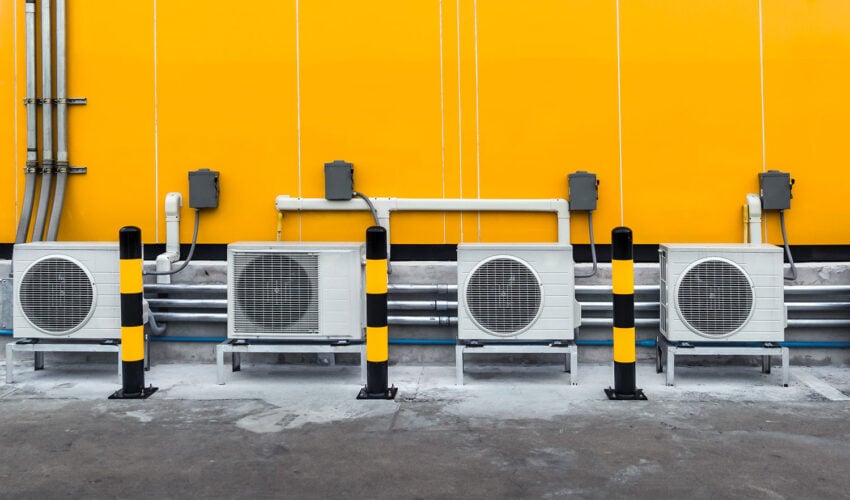
Operating and Maintaining Your Heat Pump
Proper operation of your heat pump will save energy. Do not set back the heat pump's thermostat if it causes the backup heating to come on; backup heating systems are usually more expensive to operate. Continuous indoor fan operation can degrade heat pump performance unless a high-efficiency, variable-speed fan motor is used. Operate the system on the "auto" fan setting on the thermostat.
Like all heating and cooling systems, proper maintenance is key to efficient operation. The difference between the energy consumption of a well-maintained heat pump and a severely neglected one ranges from 10%–25%.
Clean or change filters once a month or as needed, and maintain the system according to manufacturer's instructions. Dirty filters, coils, and fans reduce airflow through the system.
Reduced airflow decreases system performance and can damage your system's compressor. Clean outdoor coils whenever they appear dirty; occasionally, turn off power to the fan and clean it; remove vegetation and clutter from around the outdoor unit. Clean the supply and return registers within your home, and straighten their fins if bent.
You should also have a professional technician service your heat pump at least every year. The technician can do the following:
- Inspect ducts, filters, blower, and indoor coil for dirt and other obstructions
- Diagnose and seal duct leakage
- Verify adequate airflow by measurement
- Verify correct refrigerant charge by measurement
- Check for refrigerant leaks
- Inspect electric terminals, and if necessary, clean and tighten connections, and apply nonconductive coating
- Lubricate motors, and inspect belts for tightness and wear
- Verify correct electric control, making sure that heating is locked out when the thermostat calls for cooling and vice versa
- Verify correct thermostat operation.
Choose the Best Heat Pump For Your Needs
Whether you’re designing a new system or looking to protect your existing HVAC/R equipment, finding the right HVAC/R service provider will ensure that your system operates at peak performance while extending the lifespan of your equipment and reducing emergency service calls.
Our professional HVAC/R specialists are highly trained, experienced and licensed to work in commercial buildings. Whether you need routine maintenance or an emergency repair, our responsive, professional team will get the job done without causing further disruption to your business operations.

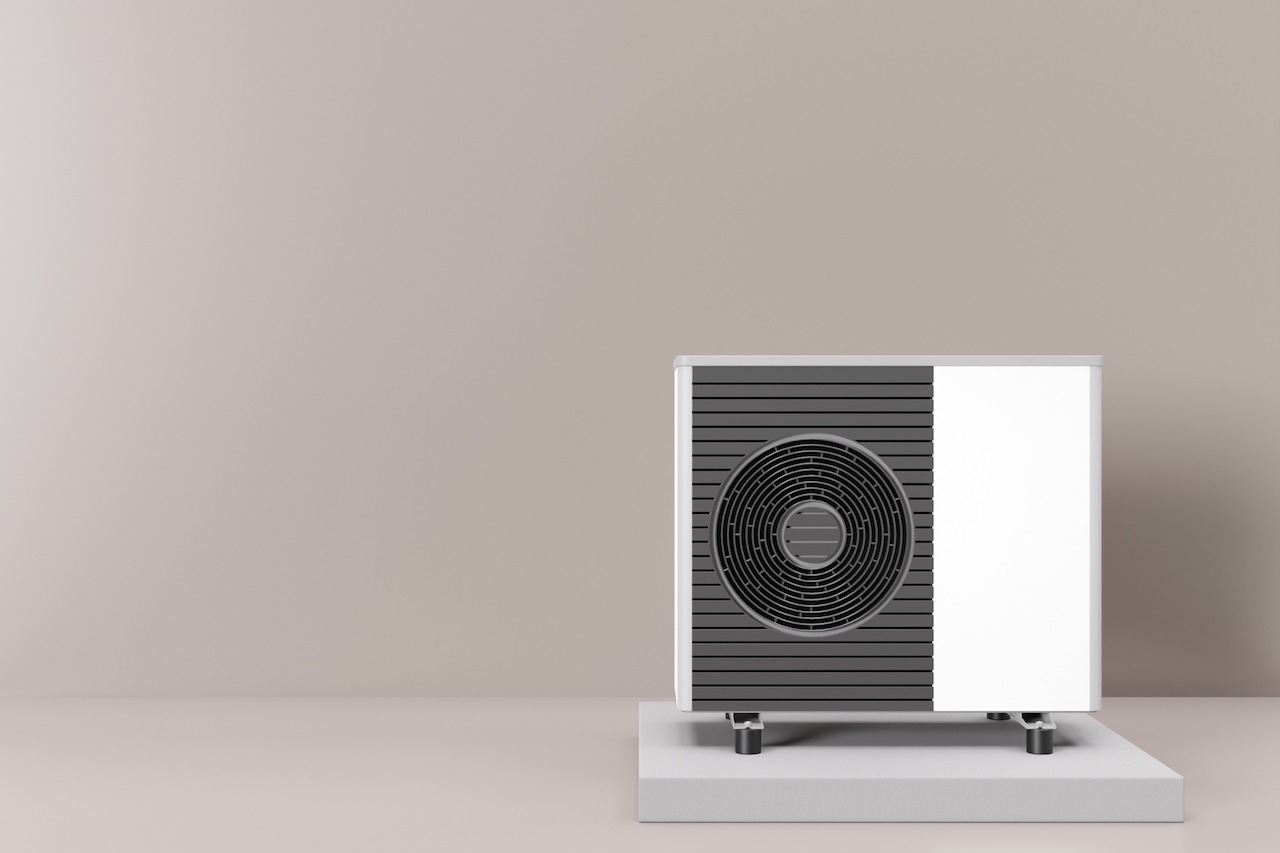


.png)
